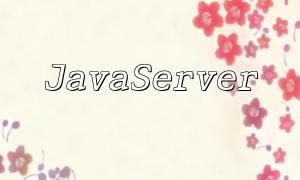When using CentOS, you may encounter compatibility issues between newer versions of PHP and existing applications. Older frameworks or third-party libraries might not yet support the latest PHP version, leading to errors and performance issues. In such cases, downgrading the PHP version can be an effective solution to resolve compatibility problems.
Before proceeding with the downgrade, it is recommended to back up all your application files and databases. This will help prevent data loss in case of any mistakes. Additionally, ensure that your system has the EPEL and Remi repositories installed, which will make it easier to manage and install different versions of PHP.
First, you need to install the EPEL and Remi repositories to easily manage different PHP versions. Use the following commands:
sudo yum install epel-release
sudo yum install https://rpms.remirepo.net/enterprise/remi-release-7.rpmNext, enable the Remi repository and select the PHP version you wish to install. Use the following command:
<span class="fun">sudo yum-config-manager --enable remi-phpX.X</span>
Replace X.X with the desired PHP version, for example, 7.4.
Before installing the new PHP version, you need to uninstall the current PHP version. Use the following command:
<span class="fun">sudo yum remove php*</span>
After removing the current version, install the required PHP version. Use the following command:
<span class="fun">sudo yum install php</span>
This command will automatically install the PHP version you selected, along with its related extensions.
After installation, you can check the PHP version from the command line to ensure the downgrade was successful:
<span class="fun">php -v</span>
If the version displayed matches your expectation, then the downgrade was successful.
During the downgrade process, you may encounter the following issues:
Downgrading PHP on CentOS is a relatively simple process but should be handled with care. By following the steps outlined in this tutorial, you can easily downgrade PHP versions. Throughout the process, ensure proper backups and conduct thorough testing to ensure system stability. If you encounter any issues, refer to the common problems section of this tutorial for assistance.









